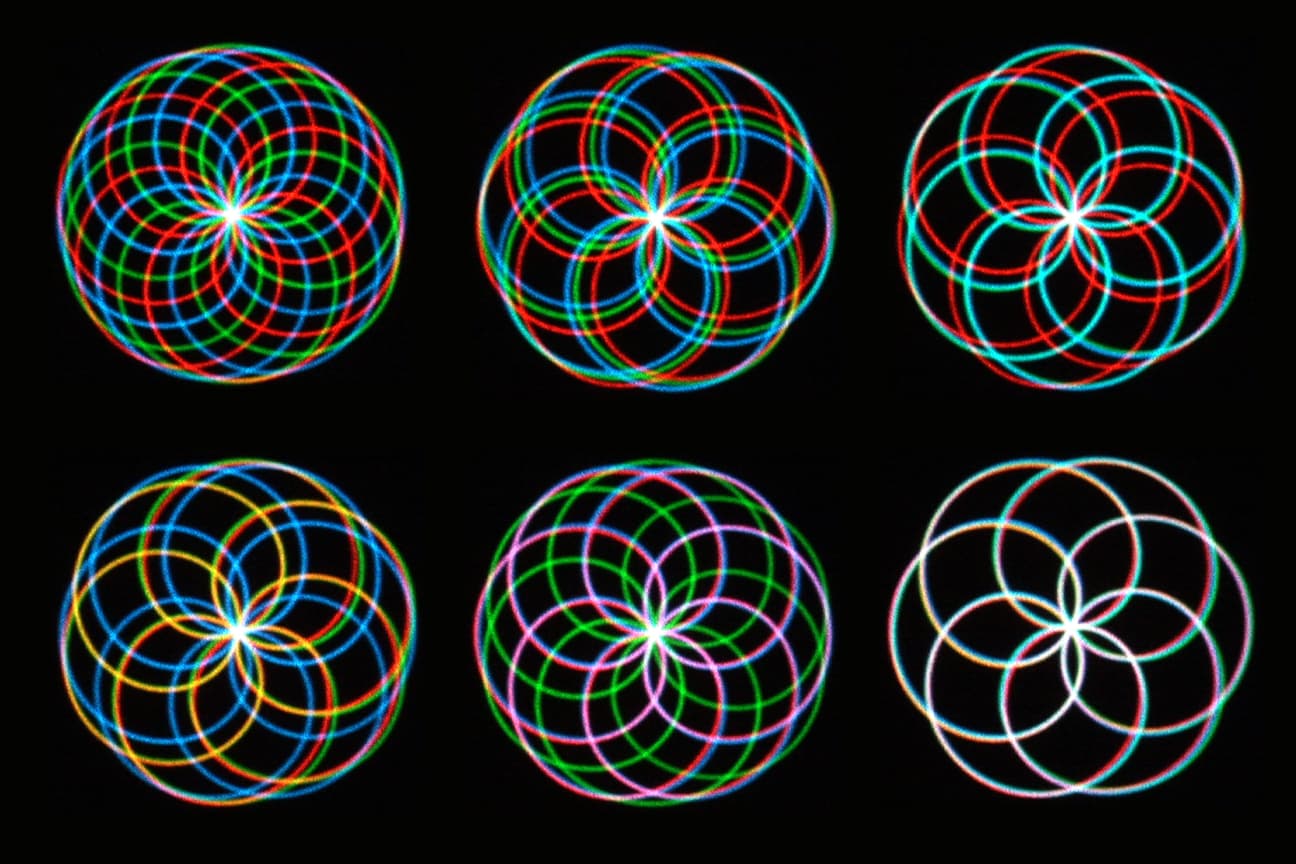Merrill Lessley
Artists
Merrill Lessley
Professor of Theatre
Theatre Department, University of Colorado at Boulder
Boulder Colorado, USA
Statement
In my interdisciplinary research and creative work, I create laser images in motion that represent specific mathematical curves (epicycloids, hypocycloids, roses, epitrochoids, hypotrochoids, and other special sine/cosine cases). These images are created by using a computer-controlled laser projection system that I have designed and built. Graphing such curves in multiple laser colors produces a wide variety of images that are really quite beautiful. Unlike drawing them on paper, however, projecting such curves with a laser, or several lasers, poses a particularly challenging problem: while a laser is often referred to as a kind of "pencil" in light, it can only be used to generate a complete picture by moving its projected "dot" rapidly and repeatedly over a reflective surface. The images I create must be scanned at rates between 15 and 2000 times per second. My primary goal is to create computerized tools that can be utilized by laser artists throughout the world.
Artworks

Laser Rose
12" x 18"
Archival Inkjet Print
2011